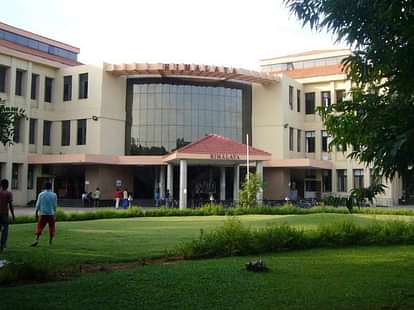
A team of researchers at Indian Institute of Technology (IIT), Madras have developed an integrated optical system that can detect and monitor algal growth both spatially and temporally in coastal and open ocean waters. This optical will be used by the Indian National Centre for Ocean Information Services (INCOIS), situated in Hyderabad to monitor algal blooms in the large water bodies around India. The organization has been working to make the system operational.
Phytoplankton is the key components of the aquatic food web. Recognizing the phytoplankton biomass or algal blooms will help in locating areas that will be an attraction for fish. Identifying such areas with the help of a satellite will be of great help for the fishing community.
Also Read: DRDO Signed MoU with IIT-B and IIT Madras
The optical system is designed to offer an array of optical parameters and spatial information that can determine the algal bloom density (chlorophyll) along with the contributing algal species that are present in coastal and oceanic waters surrounding India, especially in the Arabian Sea.
Prof. Palanisamy Shanmugam, IIT Madras, and his team are the brains behind the optical detection system that was developed in 2015. They provide the algal species-specific data with the help of the ocean color satellite data, in situ measurements and underwater light field data collected from the field for detection and assessment purposes.
Prof. Shanmugam said that even though he is not sure to what depths the optical system will work but he is confident that the system will give reliable outputs. He stated that the system is 85% accurate.
Also Read: Check Out the Underwater Robots these 2 IIT Students Designed!
As per studies and research conducted on the matter, the major algal blooms are usually found in cooler water masses i.e. the regions of the western coast in the northern Arabian Sea. This is one of the reasons that the research will be focused in that area.
The blooms found in this region then expand into the central Arabian Sea moving along the currents and the whirling water motion. The spatial distribution of this bloom is at its maximum between November and February and minimum during the June to September phase.
As compared to the Arabian Sea, the Bay of Bengal is free of algal blooms. However, algal blooms can be seen in the Ganges–Brahmaputra Estuarine Frontal system and estuarine and coastal regions as the growth is multiplied by the abundant supply of nutrients present in the region.


 Follow us
Follow us













